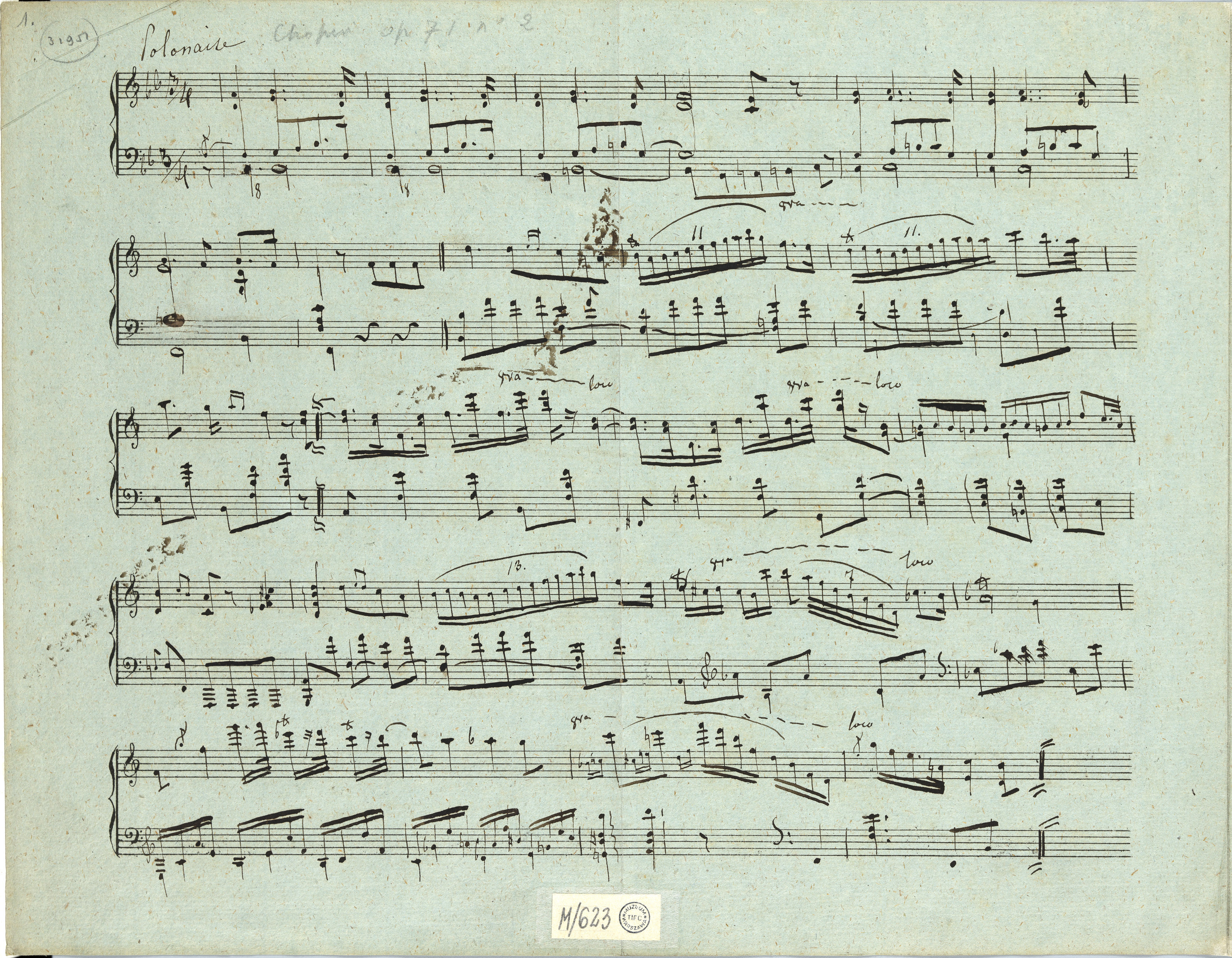




|
Rhythm in JC, literal reading |
|

|
||

|
In the main text we give the evident, faultlessly written rhythm of PE (together with the slur combining the final F with the chord in the next bar). The version of JC includes an error (7 quavers in a bar), however, it is not said that it must have been in [AI]. If this was the case, it has to be the rhythm of EF that would correspond to Chopin's intentions. However, if the rhythmic error had already been in [AI], the version of EF would have been only one of the attempts to guess Chopin's intentions. Therefore, the intended version of [AI] could be generally compatible with the text of PE – one should only correct the erroneous notation by adding a quaver flag to the last F (by the way, it would correspond to subscribing the note under the part of the R.H. in JC).
Compare the passage in the sources »
category imprint: Interpretations within context; Differences between sources
issues: Errors of JC
notation: Rhythm

